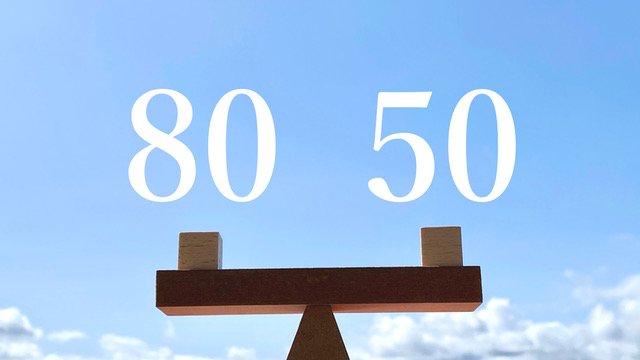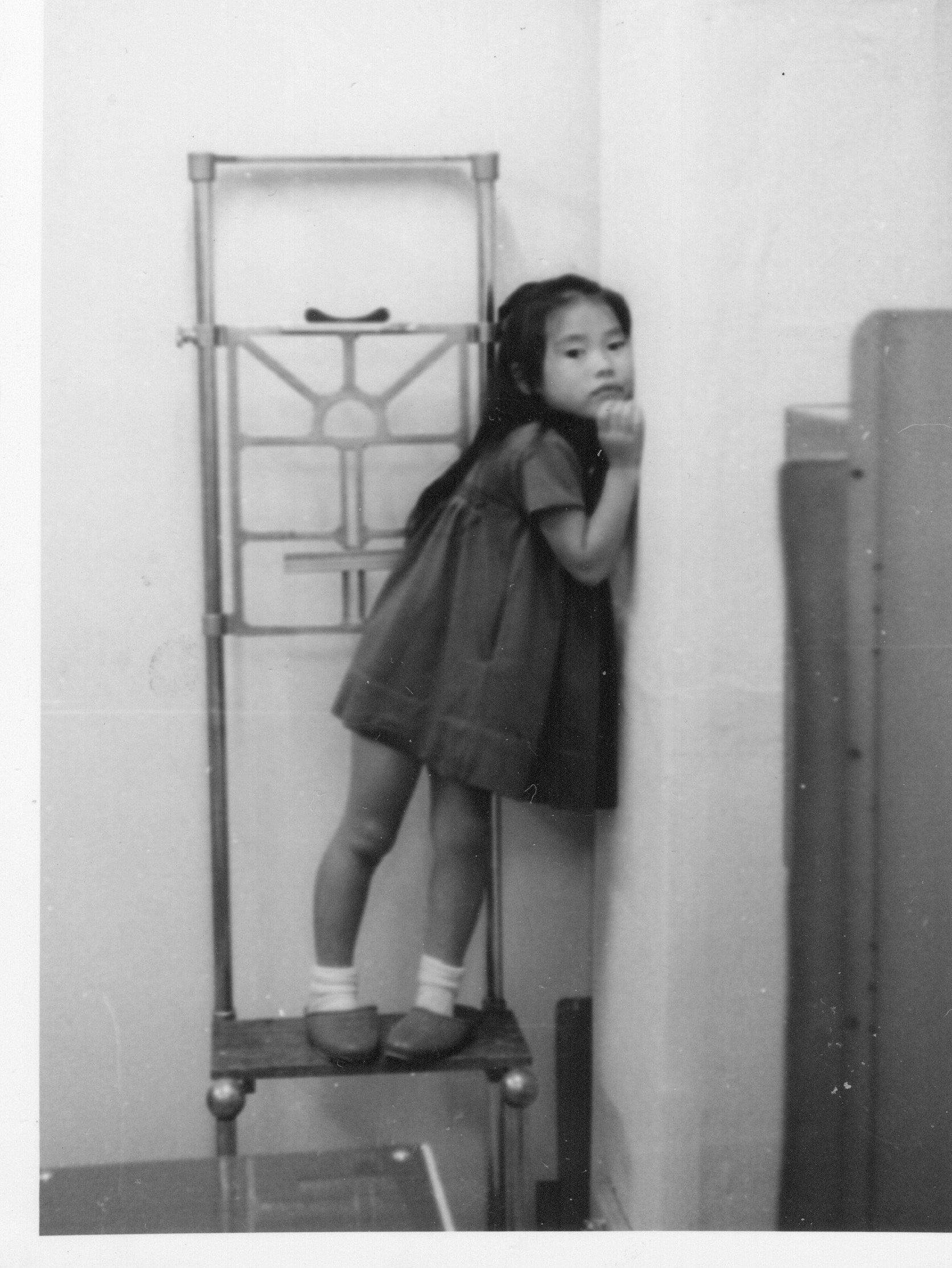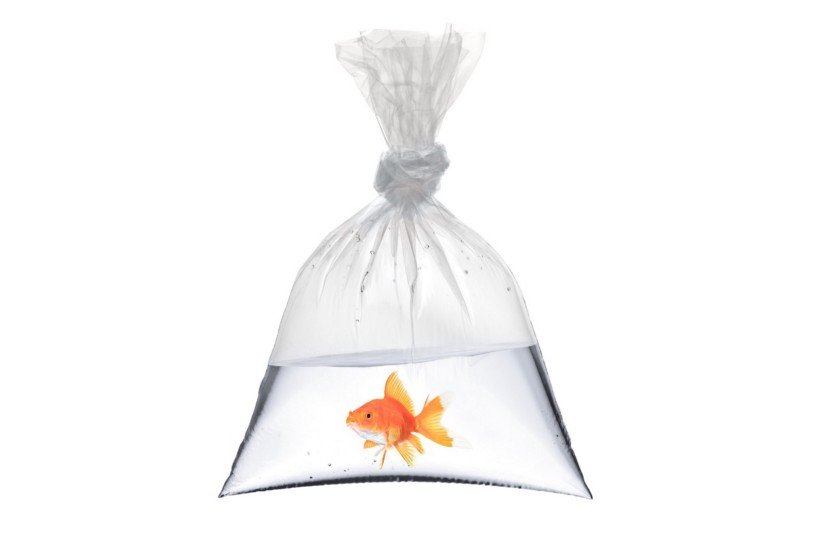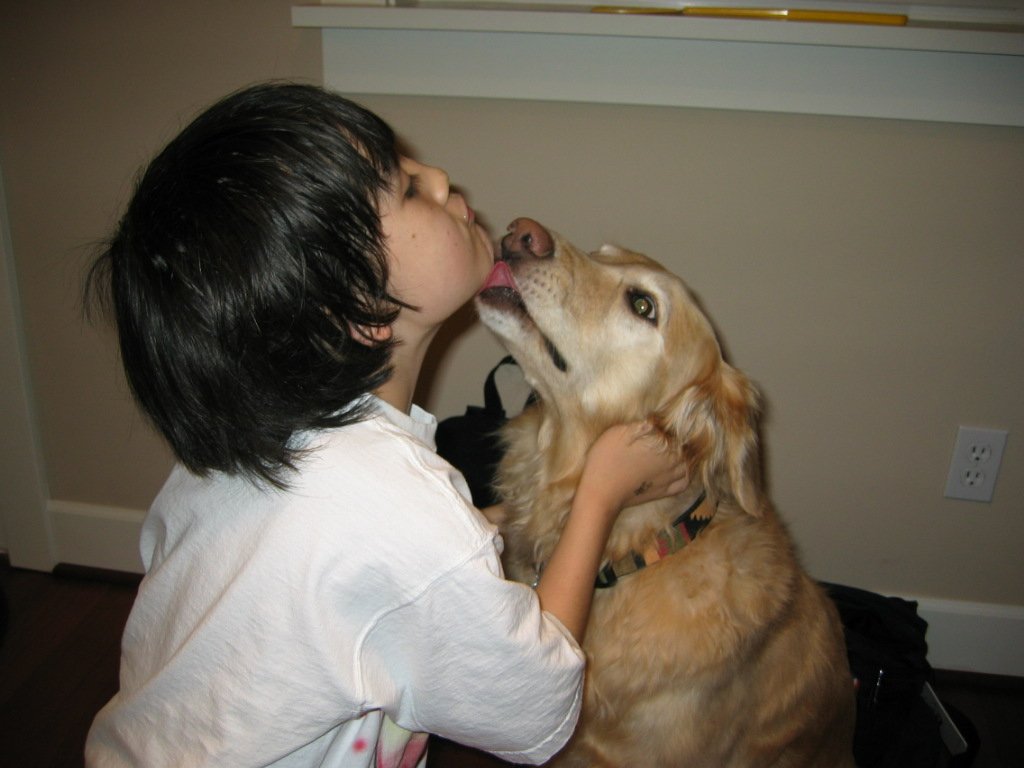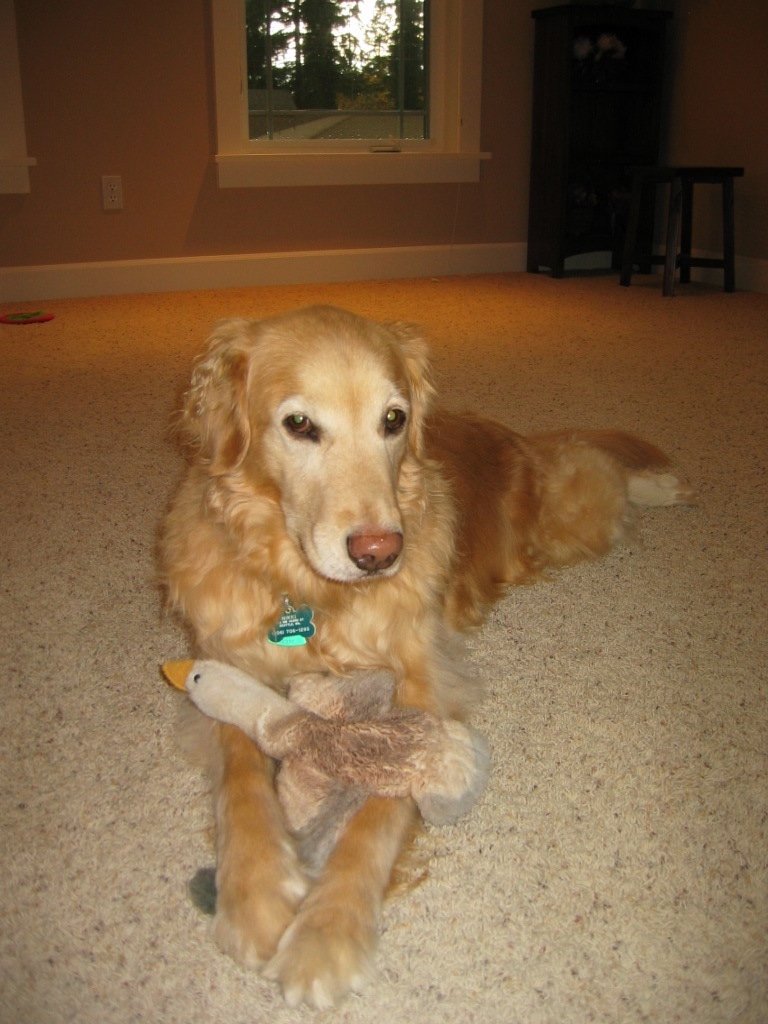“Until you make the unconscious conscious, it will direct your life and you will call it fate.”
Carl Jung
So often in parenting, we’re confronted with memories of our childhood as we watch our children encounter the world. If we’re not conscious of our unhealed emotional wounds, we are likely to pass them on to our children. As Jung said, “Until you make the unconscious conscious, it will direct your life and you will call it fate.”
In my memoir, The Pond Beyond the Forest, I confront the consequences of generational trauma as an adult survivor of childhood emotional neglect. My own unhealed attachment wounds led to a host of issues, including parental struggles, marital strife, and mental health challenges. Oblivious to the effects of hidden emotional wounds, I often allowed my emotions to get the better of me. I share my experience not only as a cautionary tale but also as a message of hope that it is possible to heal from childhood attachment trauma.
When I was twenty-two, I immigrated to America to escape Japan’s rigid society and a neglectful family situation that had landed me in a mental hospital at seventeen. I thrived in my new, healthier environment, felt stronger and more resilient, and my traumatic past seemed to be behind me. Later in life, however, motherhood didn’t come easily. I often felt burned out from overcompensating to provide my son with the love and attention I wished I’d received as a child. And when he entered high school and I tried to deal with his emotional outbursts and rebellious behavior, I saw mirrored in him aspects of my childhood anxiety and depression. The past I thought I’d left behind reemerged with intense flashbacks, and I grew increasingly preoccupied with saving him from my “fate.” As I became hypervigilant about his welfare, my husband, who was more hands-off about parenting, couldn’t understand my predicament and accused me of overreacting and micromanaging. My anxious preoccupation, coupled with a menopausal rollercoaster, took a heavy toll on us all.
Told with blunt honesty but softened with humor, The Pond Beyond the Forest offers a voice-driven narrative of motherhood, marriage, menopause, and mental health. It alternates between my journey as a mother and wife in Seattle and my troubled upbringing by emotionally distant parents in Japan.
In the memoir’s opening scene, I clash with my teenage son over bedtime. His emotional volatility overlapped with my menopausal irritability, which made our house ground zero for an adolescent-versus-menopausal Battle Royale. One morning as he and I argued on the way to school, he threatened to jump out of the moving car. That was when I realized we needed professional help.
I flash back to my childhood years in Japan. I grew up in a wealthy but emotionally hollow family and saw my parents and brothers so rarely it bordered on abandonment. Solace came in the form of my Japanese garden and the time spent with animals. When I turned sixteen, I participated in a life-altering summer homestay program in California with a loving and nurturing family. But on my return home, the disparity between my Japanese family and my American host family created an existential crisis. That led me into a period of soul-searching so intense that I ended up having a manic episode. Soon after, my family freaked out and threw me into a mental hospital.
Back in Seattle, after several months of family therapy, we gained valuable insight into parenting practices. My son also learned more about my childhood and came to appreciate the strength it had taken me to survive.
Despite the temporary progress our family made, however, my life still revolved around my son, and I struggled to be the adult in the room. Whenever I felt overwhelmed by daily stresses, I regressed into a bunker-like mentality with mood swings and childish coping behaviors that threatened to ruin my life and family. Hoping for a brief period of convalescence, I traveled to Japan but was devastated to witness the estrangement among my Japanese family, which was too profound to heal. But I returned to my home in Seattle with a new perspective and a flickering hope: The friction at home in Seattle paled in comparison and our family still had a chance.
Then came my son’s disappointing college admission news, which I reacted to as if it were my own. My unhinged behavior was driving my husband away. At my lowest point, my husband and son found me curled up on the floor with the family dog. Urged by my husband, I saw a psychiatrist who diagnosed me with Generalized Anxiety Disorder. She also informed me that my erratic moods and behaviors had more to do with my hidden, unhealed traumas from childhood emotional neglect than with menopause.
I was getting the help I needed and thought my relationship with my husband was improving. But he had reached his limit and moved out. I had to face the harsh reality that in prioritizing the relationship with my son, I had neglected my marriage.
Our separation period served as a reset button to work through our marital problems. As I accepted responsibility for what had happened and changed my behavior, my husband did the same. Nine months later, he moved back in. I renounced my Japanese citizenship and officially became a U.S. citizen—largely as a symbolic act of leaving behind my toxic past, starting anew, and moving forward.
This journey helped me uncover the root cause of my problems through deep self-reflection and awareness. Cultivating greater self-awareness was the key that enabled me to heal much of my trauma and restore relationships, as well as to break the cycle of intergnerational trauma. I also learned to become kinder and more accepting of myself and others. And my journey wasn’t all doom and despair. I found refuge in the beautiful Japanese garden; In the psychiatric hospital in Japan, I had heartwarming interactions with both doctors and wardmates; I adopted a wallaby from a kangaroo farm in Arlington, Washington, to comfort me; I participated in the kotsuage (bone-picking) ceremony at my father’s funeral.
Neuroscience is learning that prolonged toxic stress during childhood can harm children’s brain development. By writing The Pond Beyond the Forest as a memoir, I seek to bring to life an in-depth longitudinal case study on the impact of attachment trauma resulting from childhood emotional neglect. My aim is to raise awareness and encourage conversation about this insidious and elusive mental health condition that often goes unrecognized even by its sufferers.
I hope readers with similar struggles find refuge in my book, feel less alone, and are inspired to embark on their own healing journeys.





